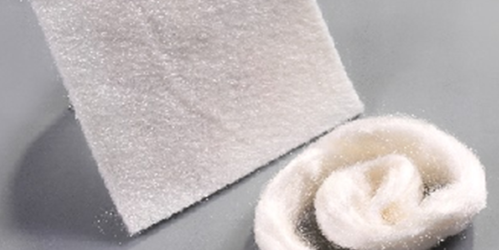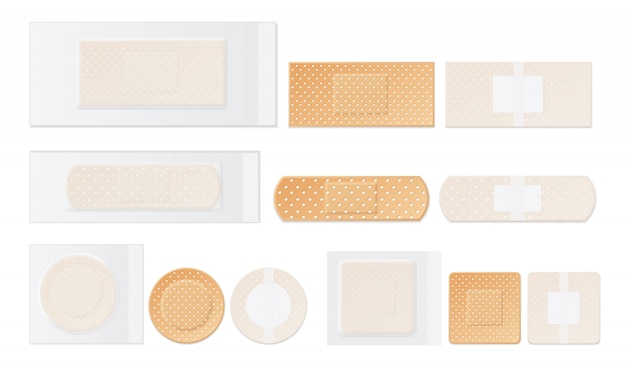15/05/2023
ByWinner Medical
 4635
4635

Dealing with wounds has never been easy, and there is no reason to accept them as they come! With alginate dressing, caring for wounds can be much easier.
Alginate dressings are biodegradable, hydrophilic, non-adherent, and highly absorbent dressings derived from seaweed. They are soft, conformable, and easy to apply in various shaped wounds. When dressing a heavily exuding wound, the calcium ions in the dressing will interact with the sodium ions in the wound exudate. This reaction renders the fibers in the dressing swell and partially dissolve into a gel, thus helping to maintain a moist environment in the wound. Additionally, alginate fibers are naturally hemostatic. The calcium ions contained in alginate dressing can diffuse into the wound and eventually activate platelets to control minor bleeding.
This article will tell everything you need to know about alginate dressings and why you should use them.
Alginate Dressing: A Revolutionary Treatment for Wound Care

Alginate dressings have good absorbability and compliance. They can be used in many wound situations that are granulating or sloughing. In sloughy wounds with exudate, the alginate dressing produces a moist cover that prevents the drying out of the wound, helping skin trauma heal more quickly.
Alginates are mainly used for heavily exuding wounds because of their excellent absorptive abilities. They are fabricated in various ranges of products, such as flat sheets and ropes. Common wound conditions to apply alginate wound dressing in sheet to might include:
l Pressure ulcers
l Leg ulcers
l Diabetic foot ulcers
l Donor sites
l Superficial burns
l Post-operative surgical wounds
l Traumatic wounds
Mostly, alginate dressings might be left unchanged for 5-7 days or till exudate reaches its maximum capacity.
Why Use Alginate Dressings?
Here are some specific reasons why you should consider using alginate for wounds in rolls:
l Admirable Absorbency of Exudate
Alginate dressing offers high absorbency. The dressing has the capability to absorb 10-15 times its own weight in exudate. As a result, the application of alginate dressing will enhance surgical dressing wear time and reduce change frequency.
l Promotes Healing
Alginate dressings act as an excellent absorbent and provide a moist environment to facilitate wound recovery.
Alginate consumes wound exudate, absorbs moisture from the air, and maintains a moist environment by forming a gel surface. Besides, it has hemostatic properties and has been shown to reduce pain associated with wounds.
l Versatile
As shaped in both sheet and rope, it is highly manipulable and can be used for different types of wounds. Specifically, the sheet dressing can be applied on superficial wounds, while the rope can be used in cavity wounds.
l Convenient Use
Alginate dressings are usually easy to apply and don't require any special care. Simply place them on the wound and let them do the job. The alginate dressings usually conform to body contours and provide maximum patient comfort. They do not adhere to the wound site and can be easily removed without pain or trauma.
Conclusion

It is crucial to ensure the appropriate usage of wound dressings, which can only be achieved by an in-depth understanding of how dressings can boost this process.
Although wound dressings are constantly progressing to new levels, alginate dressings play an important role in wound care by virtue of their unique advantages, making them a perfect choice for various wound types, particularly those requiring absorbent dressing.
Apart from alginate dressing, Winner Medical offers a variety of exudative management solutions covering mild, moderate, and severe chronic or acute wounds. The solutions include foam dressing, super-absorbent dressing, alginate dressing, hydrocolloid dressing, and more.
If you intend to purchase superior quality wound dressings that keep wounds free from infection and promote quicker healing, don't hesitate to contact Winner Medical for your best options!
Reference:
1. https://www.ncbi.nlm.nih.gov/pmc/articles/PMC6027439/
2. https://www.ncbi.nlm.nih.gov/pmc/articles/PMC7087437/
3. https://www.ncbi.nlm.nih.gov/pmc/articles/PMC7111427/
4. https://www.ncbi.nlm.nih.gov/pmc/articles/PMC8471591/